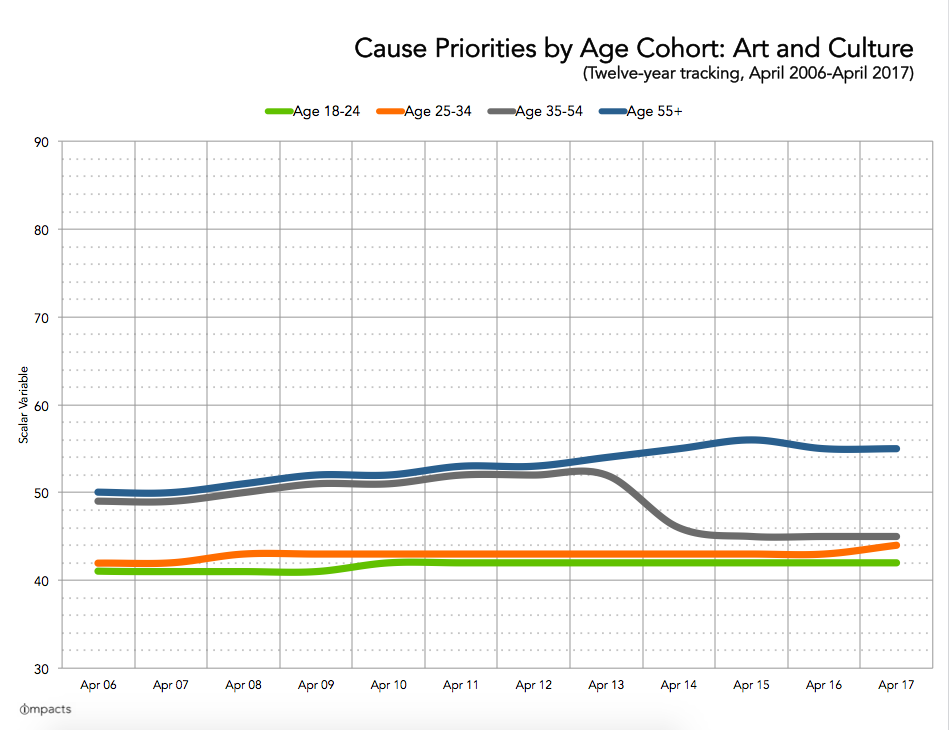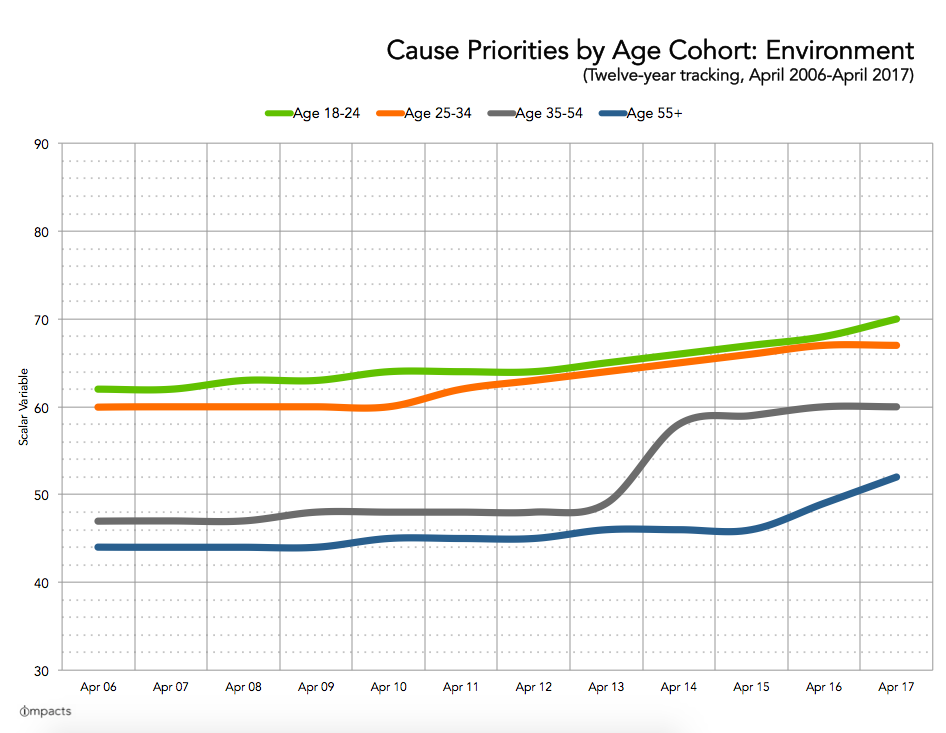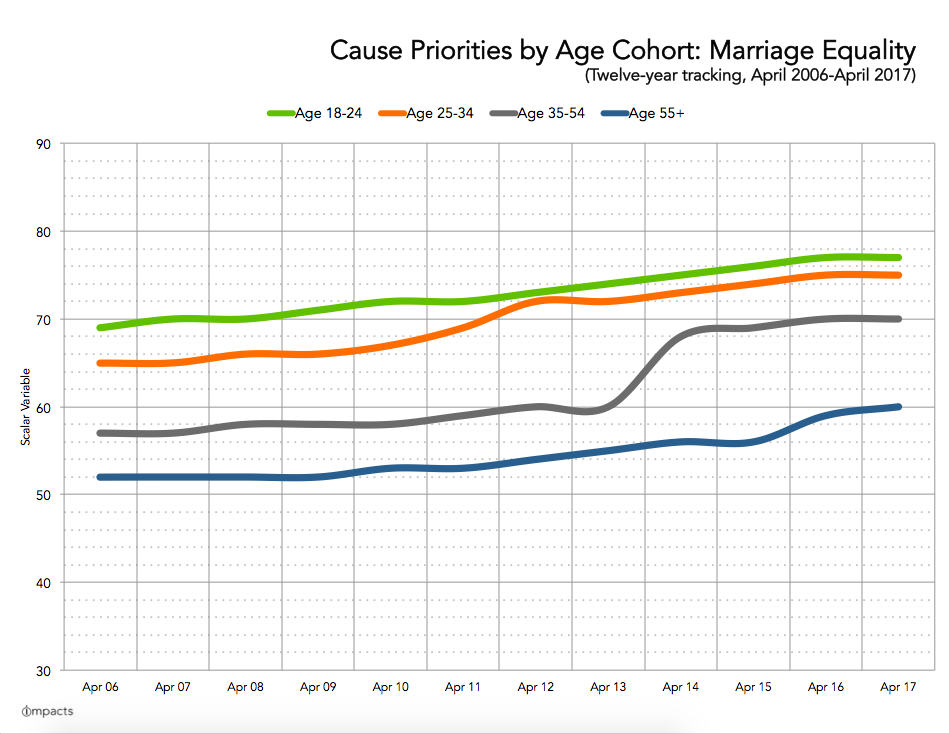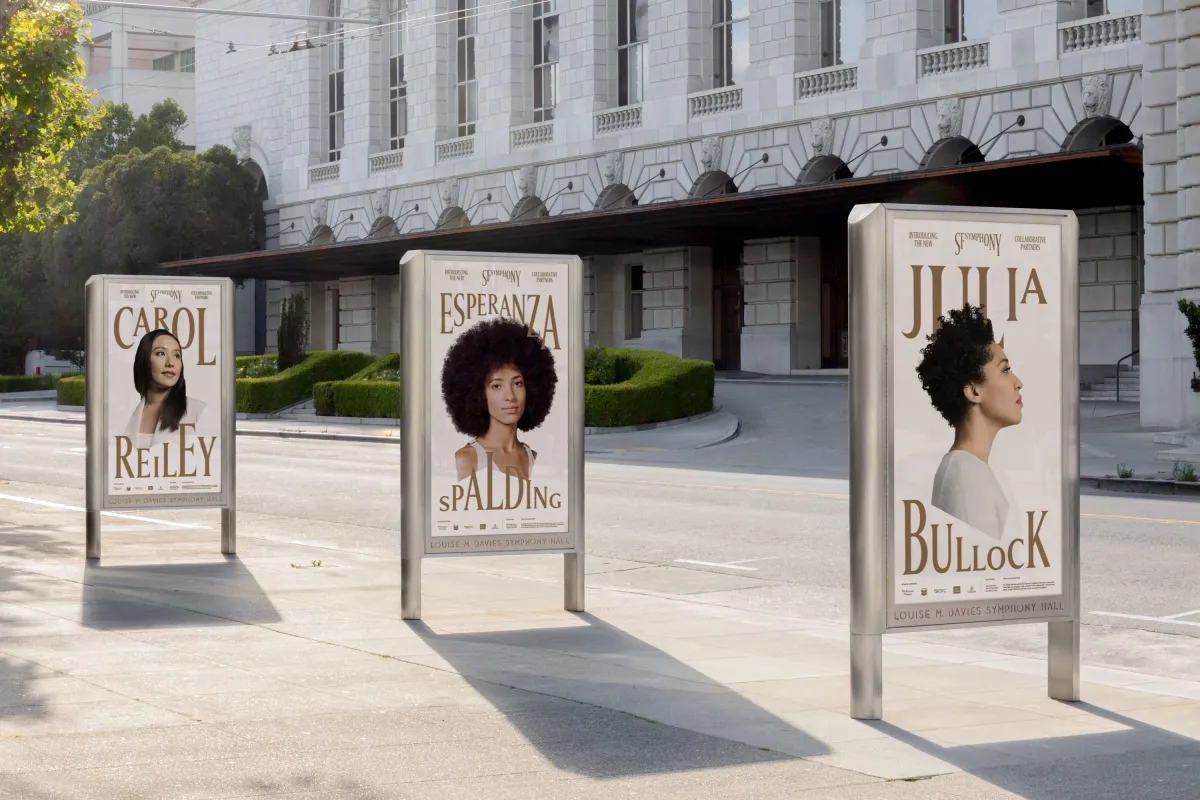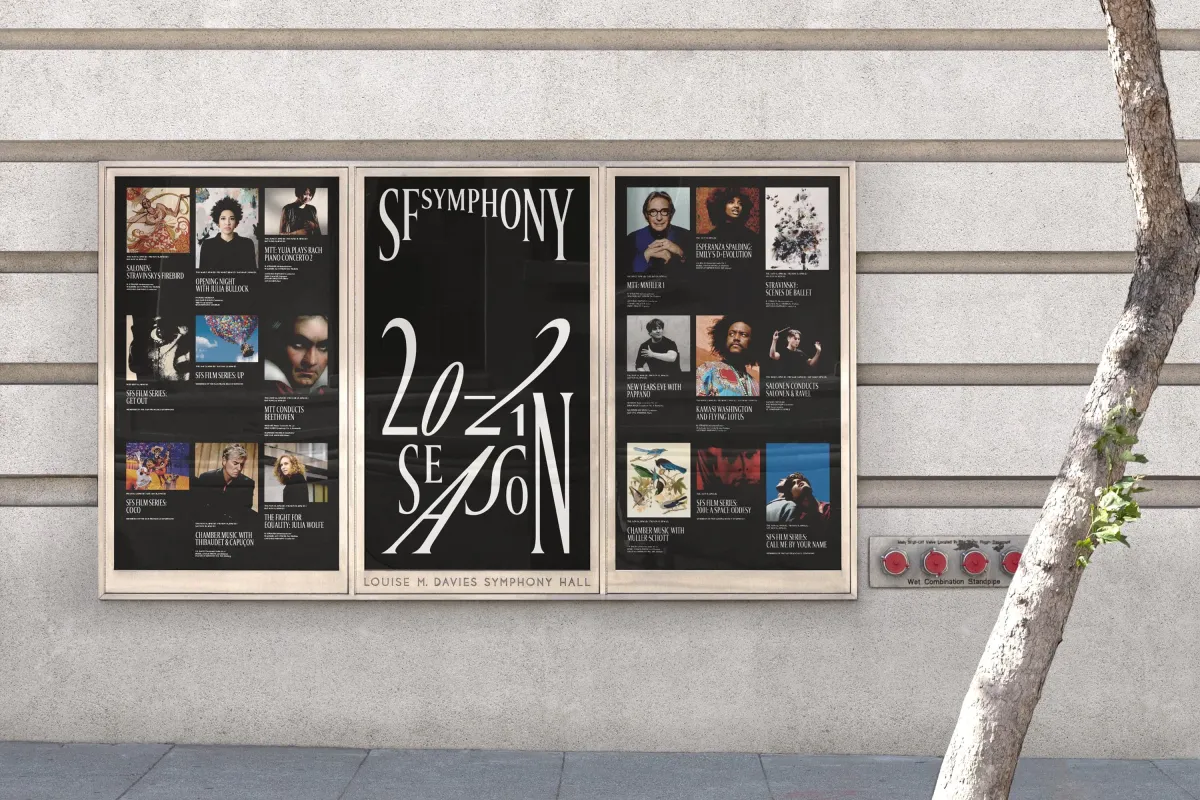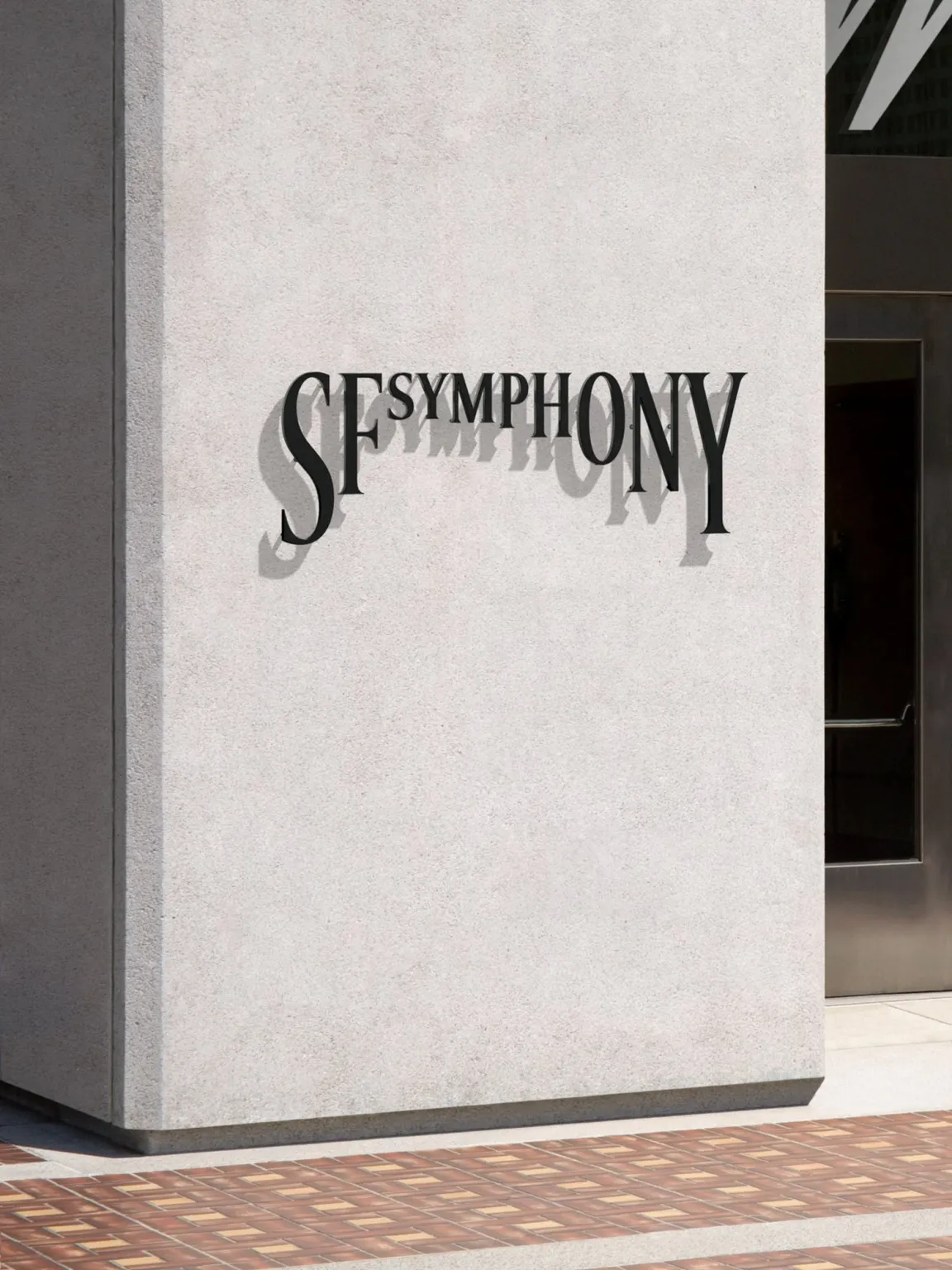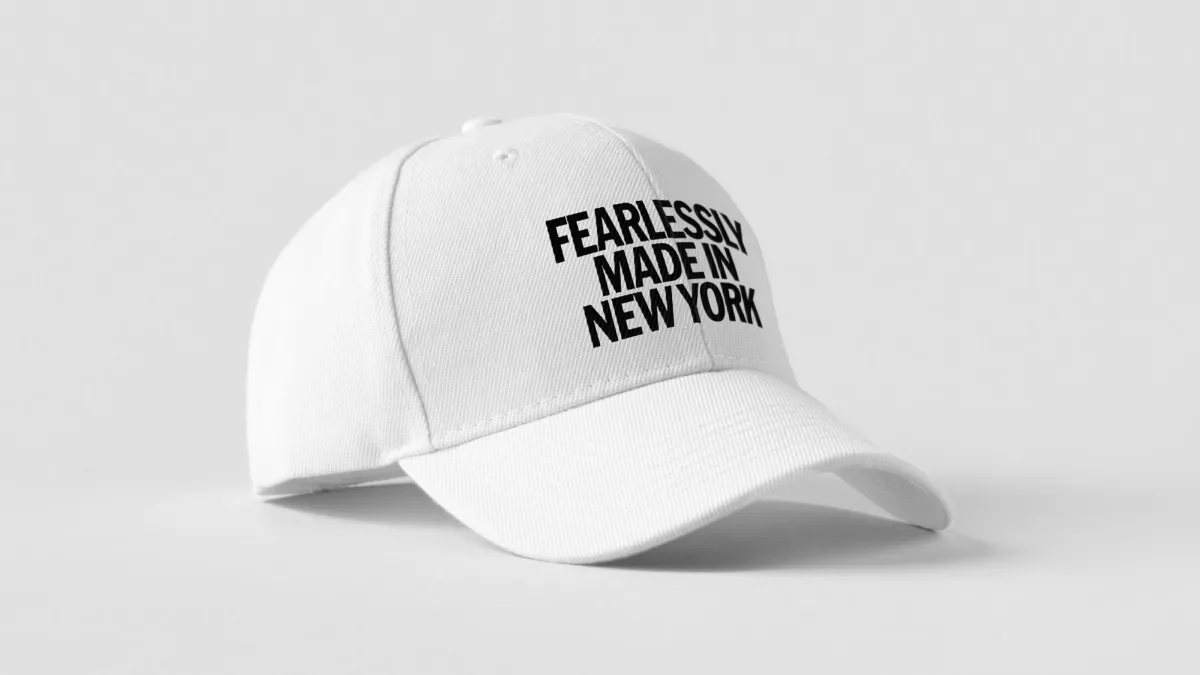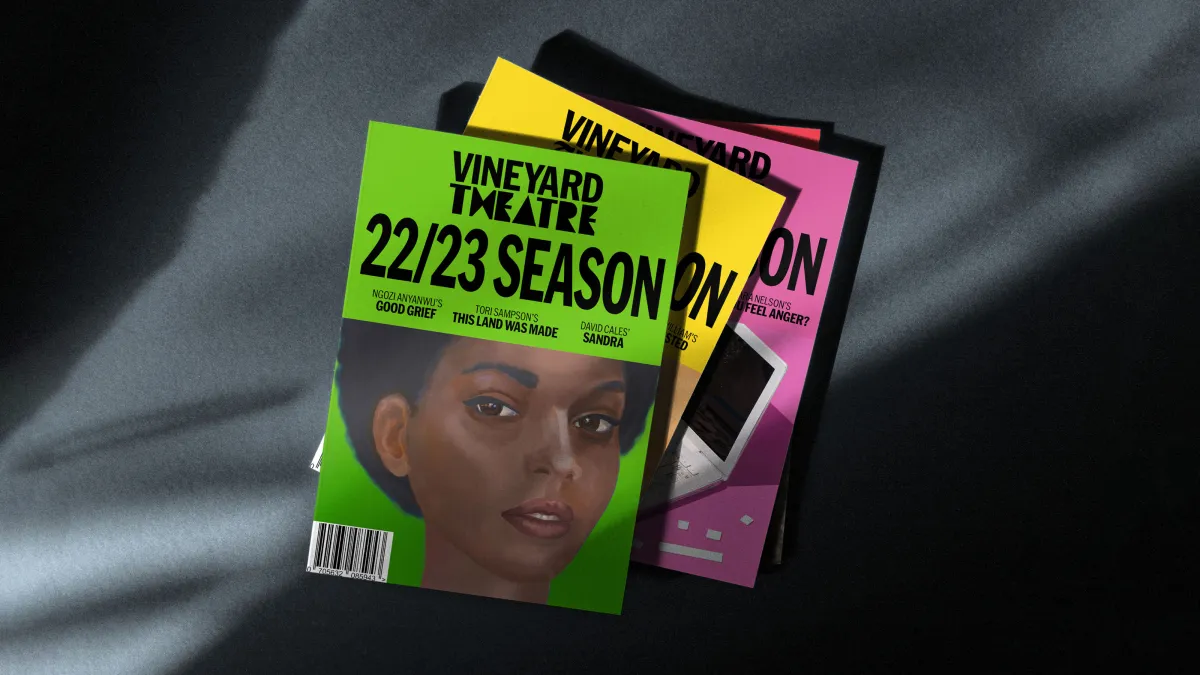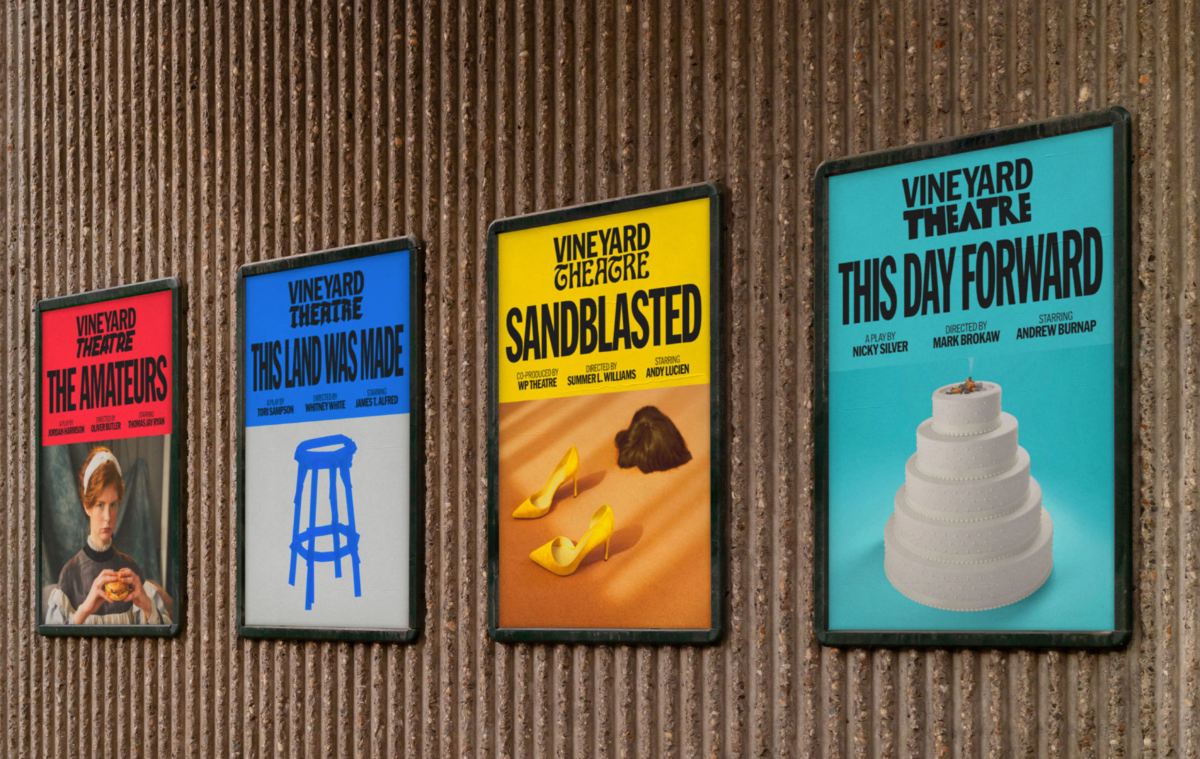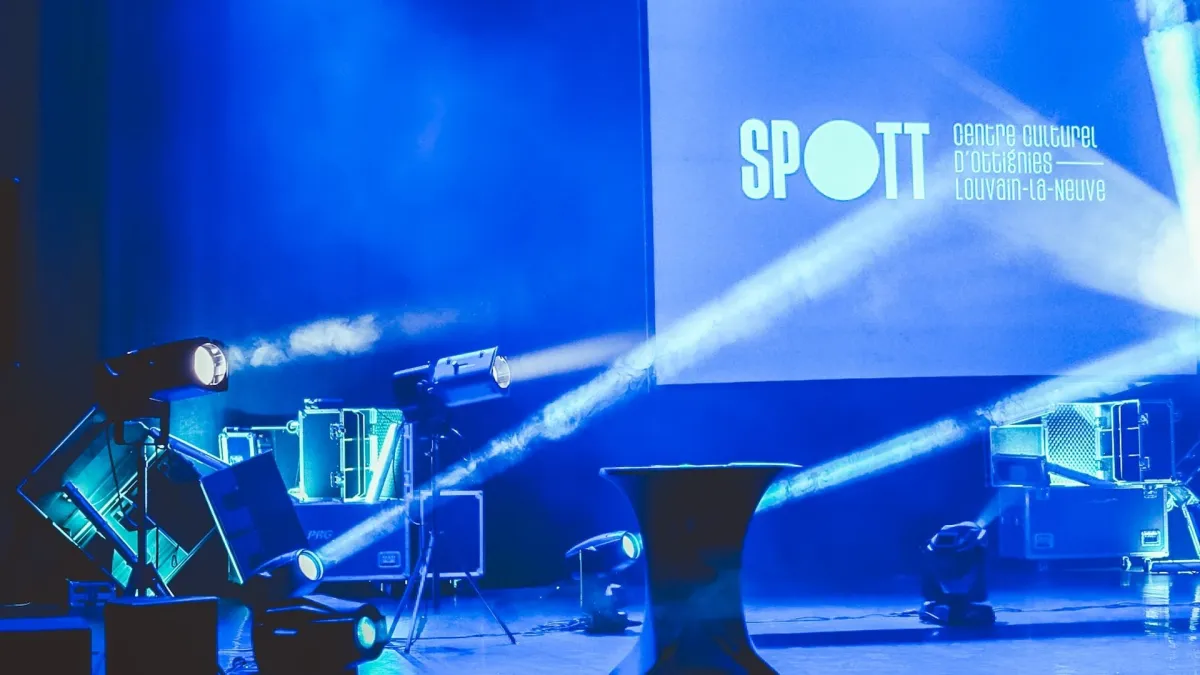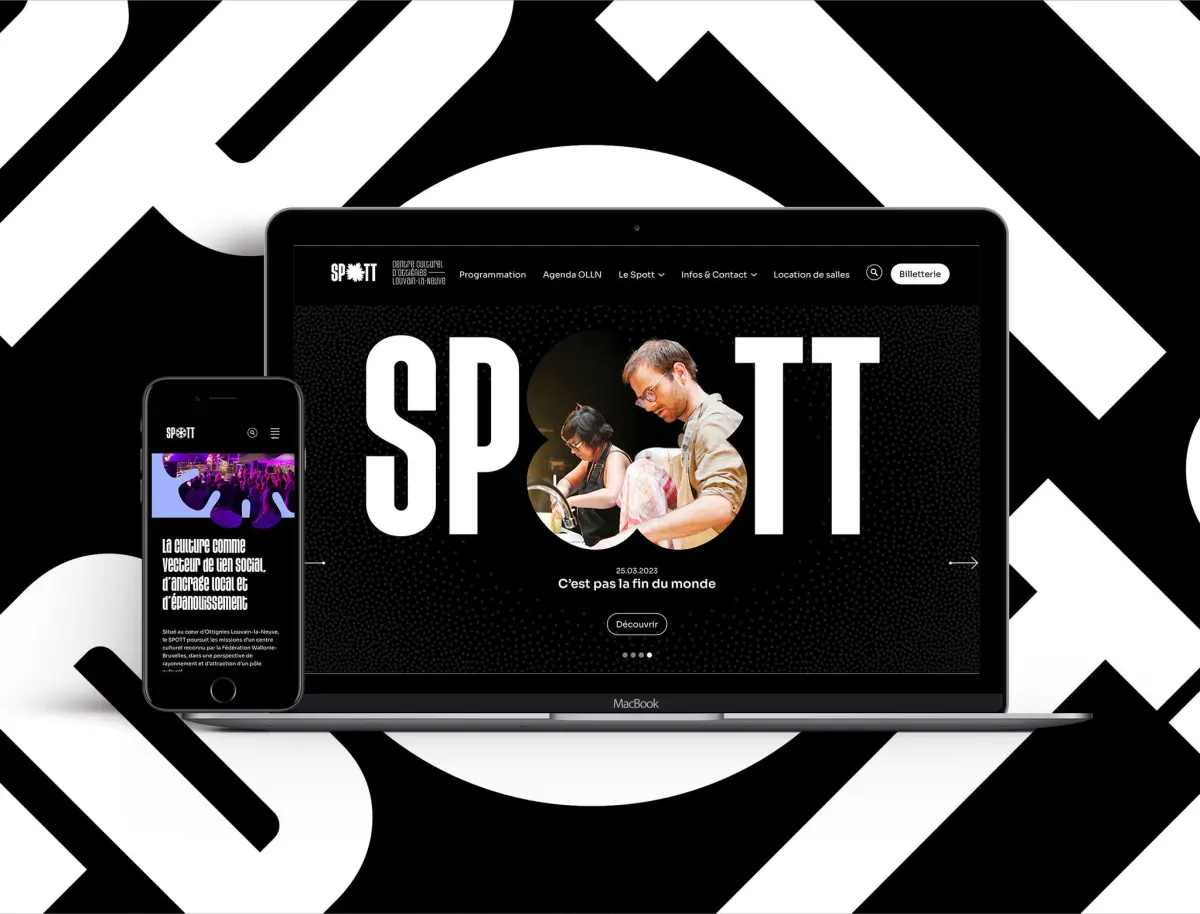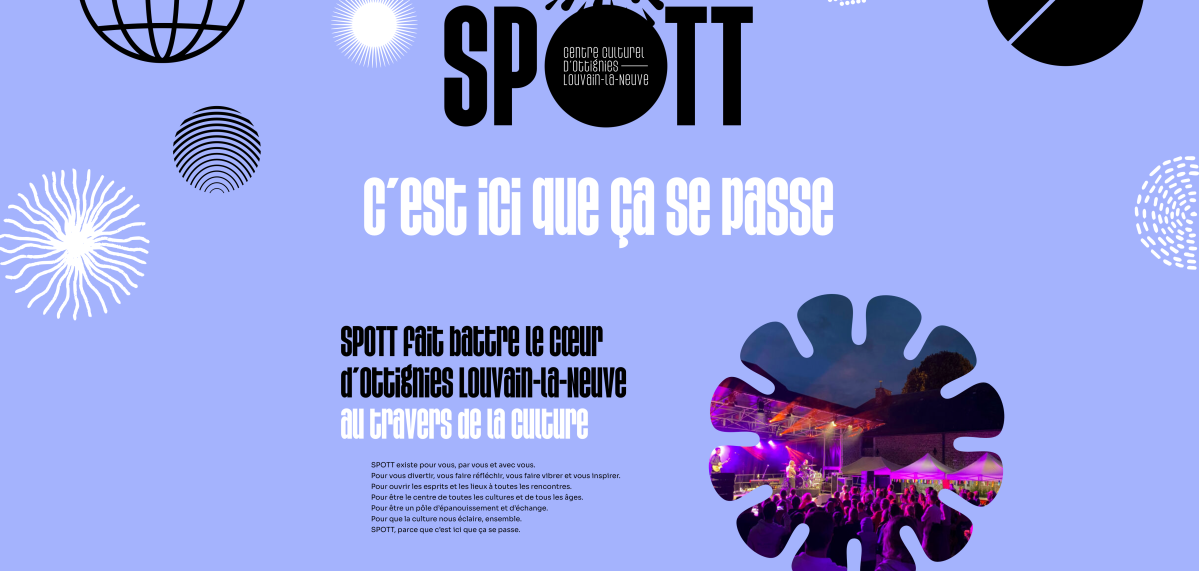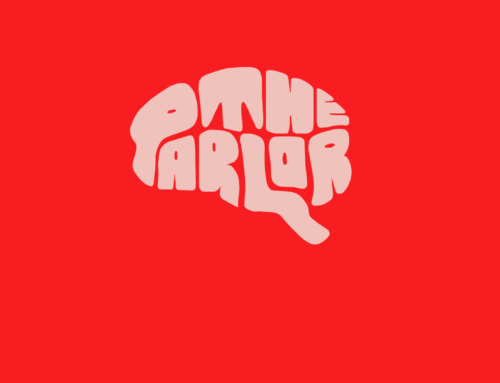Cultural Evolution:
How Institutions Can Adapt and Thrive in the 21st Century
I first noticed this disturbing trend 15 years ago. My then-client Canadian Bar Association’s membership numbers were going down… Rapidly and steadily!
Upon research, we realized that their century-old value proposition was no longer relevant. Data suggested that young lawyers did not “age into” greater concerns about their profession. Instead, their priorities were much different. Having been involved in several professional associations’ rebranding efforts, I witnessed the same pattern emerge with accountants, doctors, and entrepreneurs since then.
What holds true for professional associations also applies to cultural institutions. Just like associations, museums and music venues, too, face significant challenges to staying relevant. The changing habits of younger generations have led to declining attendance numbers and a loss of revenue. But the situation for cultural institutions may be far direr than you would think!
We tend to assume parents are the ultimate teachers, passing on their wisdom and values to their little ones. Children can also impact their parents’ thoughts and actions, making it a two-way street of learning and growth. As a result, the young generation’s disinterest in art and culture rubs on their parents, who prioritize arts and culture significantly less than before. The above stats from Impacts Research show that cultural institutions are facing a relevancy crisis among younger generations and their entire community!
The youth may not “age into being interested in” arts and culture. But they are certainly “born into caring” about social issues! Growing up with access to the internet, they have been exposed to global issues, cultures, and perspectives. That leads to a more global outlook and increased empathy towards different groups of people. As a result, they want to make sure that everyone, no matter their gender, skin colour, or culture, gets to be involved and be heard.
A paradigm shift in the world of arts and culture
Historically, cultural institutions like museums, galleries, libraries, and venues have monologued with their visitors. They have taken on the “expert” role, imparting knowledge to the “untrained” visitor, creating a hierarchical relationship. They presented information and interpretations without actively encouraging dialogue or diverse perspectives, which left little room for visitors to question, engage in discussion, or contribute their thoughts and ideas. That kind of behaviour spits in the face of today’s zeitgeist!
Today’s customers want cultural institutions to embrace inclusivity, accessibility, and interactivity. They seek spaces where diverse voices and perspectives are represented. Instead of the traditional monologue, they demand active participation and co-creation. In a nutshell, they want to establish genuine connections. That’s why smart cultural institutions worldwide are giving customers what they want: A conversation.
Now, let’s travel around the world to see which organizations are doing a good job conversing with their community.
Staying relevant to younger generations
Let’s first travel to the Golden City. “How do we make classical music more engaging to today’s audience?” That was the question the 108-year-old San Francisco Symphony asked itself. In conjunction with a DEI-focused organizational overhaul, the organization collaborated with multidisciplinary partners, engaging musicians, audiences, staff, and leadership to create a shared vision.
Collins, their creative agency, developed a responsive, evolving visual system that incorporated traditional typography with variable font technology, reflecting the dynamic qualities of classical music. The process is collaborative, the solution is innovative. That’s a double win in the eyes of the youth.
Community-built identity
Vineyard Theatre in New York takes collaboration to another level. The theatre’s new branding -designed by NB Studios– is a shape-shifting, adaptable framework. But the real spark of genius is in the process: the entire visual identity was co-created by the New York designer community! To emphasize the theatre’s unconventional, collaborative spirit, the project team invited New York designers to contribute their typographic spin. And that invitation is open-ended! As a New York designer, you can put your typographic spin on the branding whenever you like. Collaboratively-designed visual identity, a daring, boundary-breaking look and feel, and commitment to the local community… Three things that bode well with Gen Z.
Whatever the problem, community is the answer
I saved my favourite example for last. The Centre Culturel d’Ottignies-Louvain-la-Neuve has undergone a rebranding process with three key focuses. First, it needed to break away from the stereotypical institutional image associated with cultural centers. Second, it wanted to foster a sense of belonging and ensure that the center’s transformation was guided by the people it serves. Lastly, it had to highlight the center’s commitment to promoting cultural diversity and providing a space where everyone can explore their unique artistic interests.
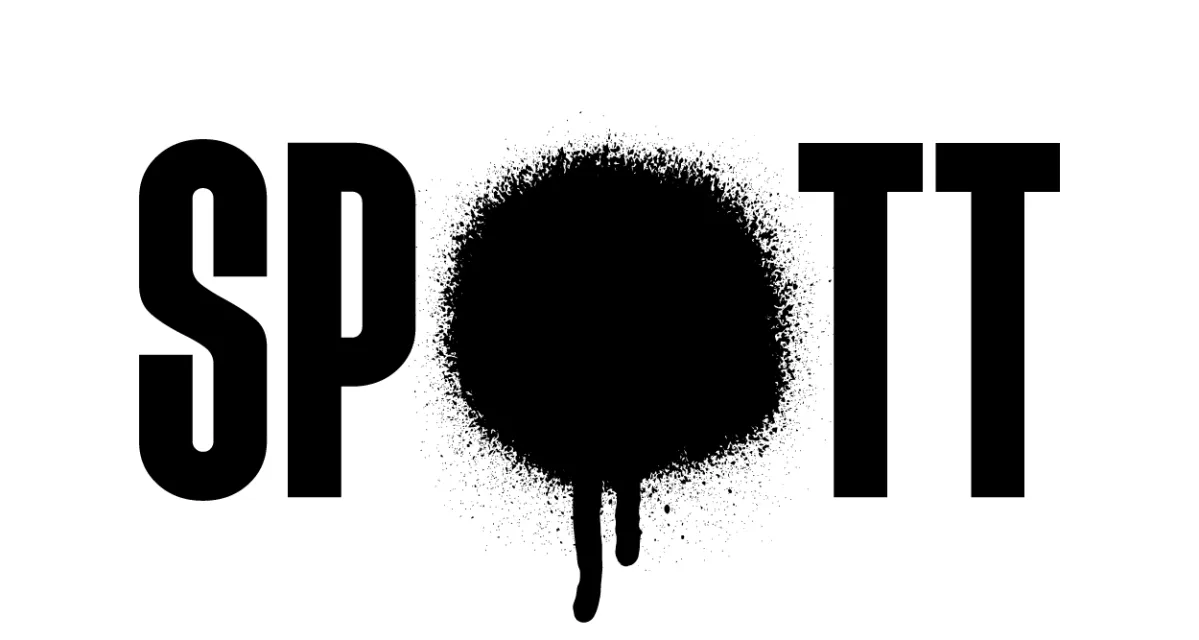
So the Centre Culturel d’Ottignies-Louvain-la-Neuve embarked on a highly-participatory process inviting the local community to select the new name. Enter the SPOTT! Finally, the design and branding agency Hoet & Hoet created a versatile graphic identity featuring a single logo with various graphic variations, embodies the diverse programming and encourages different cultural perspectives.
The transformation is noteworthy. A respectable albeit rather generic cultural institution, the Centre Culturel d’Ottignies-Louvain-la-Neuve has become a challenger brand with a clear identity, contemporary values and a noble purpose: to highlight all forms of cultures by giving access to as many people as possible.
Today’s actionable tip: Cultural institutions worldwide face a significant challenge to stay relevant and engage with younger generations. But fear not! By championing inclusivity, accessibility, and interactivity, your cultural institution can ignite a sense of belonging and foster collaboration like never before.

